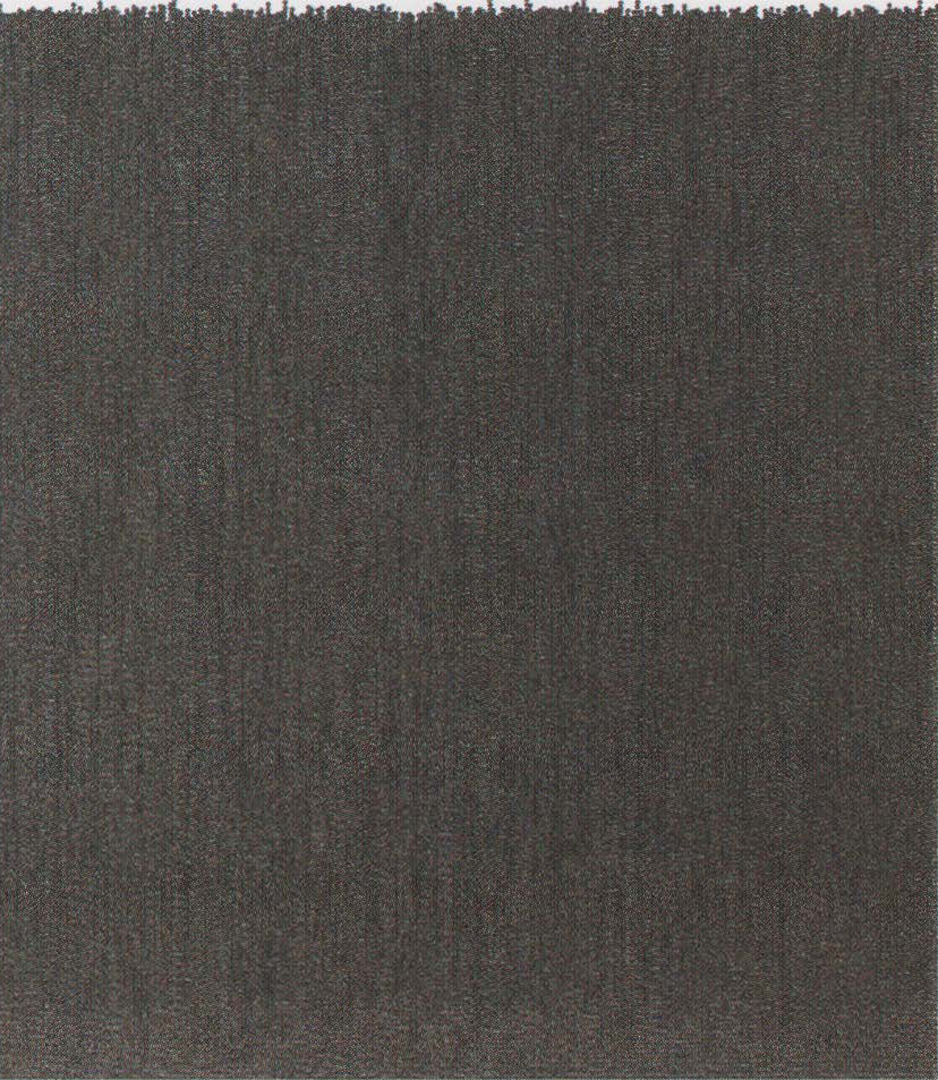Hans Dehlinger: Kreise_7.3sc
Artist(s):
Title:
- Kreise_7.3sc
Exhibition:
Creation Year:
- 2004
Medium:
- Plotter drawing, gel-pen on paper
Size:
- 60 centimeters x 50 centimeters
Category:
Artist Statement:
My artistic interest is centering on the adventures arising from the difficulties in mastering the plotted line as a means of artistic expression. Three fascinating aspects contribute to my interest: 1. The fascination of the mechanically guided pen. 2. The fascination of the monochrome line. 3. The fascination of the generative code. The technology of mechanical drawing is almost extinct. It has been supplanted by other print technologies in the course of technological development. As a metaphor, the moving pen in the grip of a plotter in action resembles relatively closely the process of the hand engaged in drawing. Interesting consequences of artistic concern arise from this observation. Historically, drawings have been around since the beginning of art, and drawing is an enormously rich domain of art. It is a universe, indeed, that is complemented by the equally rich universe of machine-generated drawings, also a universe in its own right. It is a big artistic challenge to work in this universe, to invent strategies and code them into programs from which drawings can be generated that possess identity and uniqueness and that demonstrate with great clarity that they belong to the machine universe. Artistic quality is living comfortably in both universes. One of the limitations of plotter drawings, which also can be regarded as a strength, is the monochrome line produced by a pen, a pencil, or the like. There is a substantial difference between a printed and a drawn line, and my drawings exploit this difference.
One of the specific properties of machine-generated drawings is their reliance on a generative code. The program is the instrument by which the idea and the intentions of the artist are transformed into the drawing. The conceptual work necessary long before a line is actually drawn creates a distance between idea and output. Design of a generative set of rules must precede the actual production process. This leaves room for a vast space of possible approaches, which I have barely scratched with my efforts.
Technical Information:
The image is one of a series, using very small elements in very large arrays. It is constructing a contradiction, because it defines and draws “pixels” with lines. The plane of pixels is actually a drawing, with each pixel being a very small circular or randomly shaped “potato,” an individual
instance, a closed line with a unique position in the plane. A minimalist generator was programmed to write HPGL code, which is used to realize the image on a pen plotter. The mechanical shortcomings of the fast-moving pen generate slight desirable deviations, which result in an overall gray scale. Random processes are used to disturb the strictly orthogonal arrangement. In nature, we find many
situations where small elements are assembled in large arrays. The image is regarded as “synaesthetic” because it attempts a synergistic junction of contradicting and mutually exclusive concepts, which jointly form a new concept. There is no meaning to the drawing, but associations are triggered, which may connect the image to known and familiar patterns. These associations can also be connected to a synaesthetic function, bringing different views together into mental
concepts.
All Works by the Artist(s) in This Archive:
- Hans E. Dehlinger
-
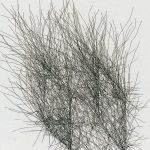
Cube 4
[SIGGRAPH 1989] -
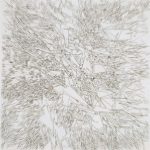
DSCN0779.1CC
[SIGGRAPH 2006] -
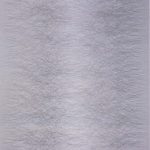
with left and right boundary
[SIGGRAPH 1998] -

b97.9.3
[SIGGRAPH 1998] -

Small_Elements_K
[SIGGRAPH 2005] -
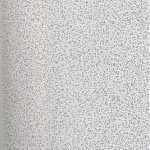
Striche
[SIGGRAPH 2005] -
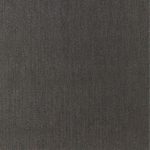
Kreise_7.3sc
[SIGGRAPH 2004] -
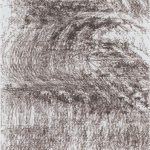
S0_1084-1
[SIGGRAPH 2004] -
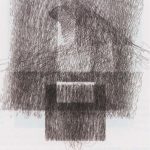
the_bird_facing_left
[SIGGRAPH 2004] -
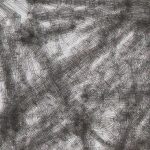
ohne_Titel
[SIGGRAPH 2004] -
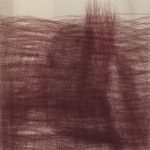
Turm Unter Glas
[SIGGRAPH 2003] -
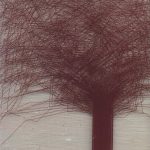
Tree11
[SIGGRAPH 2003] -

Twelve-Nine-Five Out of Two to the Power...
[SIGGRAPH 2003] -
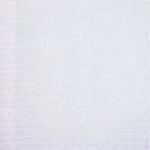
Excerpts from the 1999 War Refugees Coun...
[SIGGRAPH 2001] -

Yellow Strokes
[SIGGRAPH 2001] -
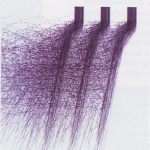
strokes_mi31, tree11, baum_V14
[SIGGRAPH 2002]

